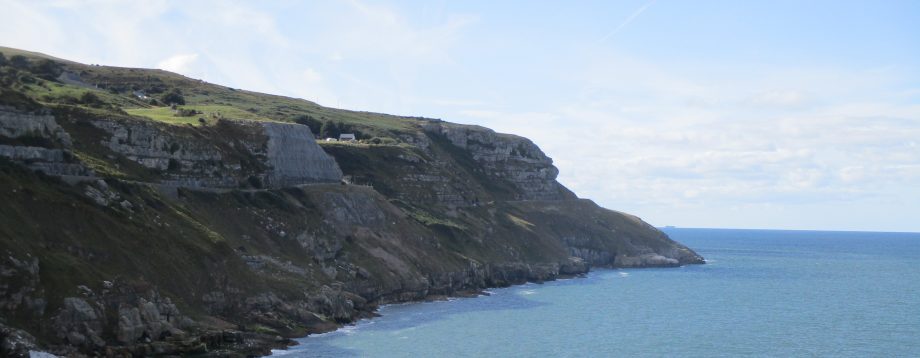At the beginning of May we went on a trip to Whipsnade Zoo – one of two zoos (the other being London Zoo) that are owned by the Zoological Society of London, a charity devoted to wildlife conservation. It’s the UK’s largest zoo covering over 600 acres and we were very impressed with how much space the animals had to roam around.

The Zoological Society of London was founded in 1826 and the land that would become Whipsnade, located near Dunstable in Bedfordshire, was purchased in 1926 with the first animals arriving two years later; it opened to the public in 1931. During the Second World War it acted as a refuge for animals evacuated from London Zoo though in 1940 41 bombs fell on the park doing thankfully little overall damage except frightening a young giraffe to death. Interestingly some of the ponds in the park are the remains of bomb craters.

We really enjoyed our time there and spent the majority of the day at the zoo from opening time at 10am till around 4pm. We visited during a bank holiday weekend but due to COVID ticket sales were still being restricted – booking in advance is a must currently – and it never got so overwhelmingly busy that you couldn’t get a decent view of the animals.

I’ve not seen a wolverine in person before, though I’ve previously been to zoos that had them. They tend to live in remote parts of Northern Canada, Alaska and Russia among other places and their thick and oily fur makes it resistant to frost.

Other favourites included the European brown bear who we got to see playing in their enclosure. One of the largest species of bear they are solitary animals who live in mountain woodland.

Another fun animal I don’t recall seeing in person before was the hippo who we managed to see going for a swim. The zoo have two species of hippo – the common hippo and the pygmy hippo – the common hippo is pictured and we were particularly impressed with their living area and its two pools, as well as the outdoor area seen here.

Other favourites included the Japanese crane,

the European bison,

and the Mangalitsa pig, the world’s only breed of woolly pig.

We also enjoyed the Butterfly House, one of the largest butterfly biomes of any UK zoo with more than 30 different species of butterflies and moths.

Well worth the price of admission (£24.50-£33.00 depending on what time of day/day of the week you visit) you can find more photos here.
